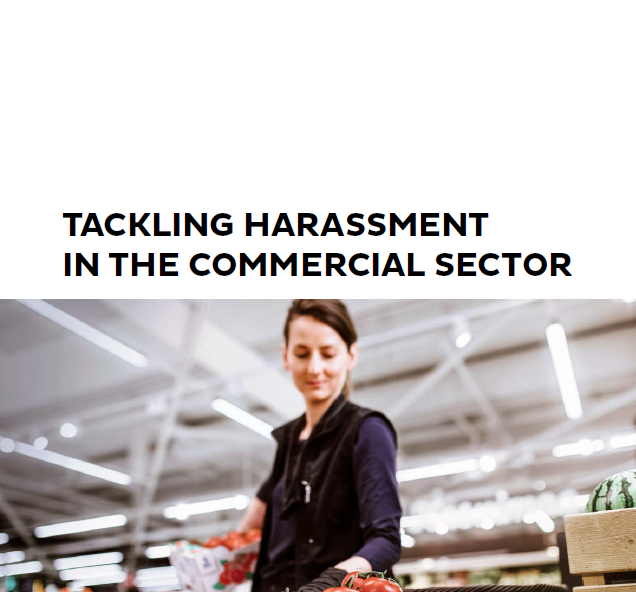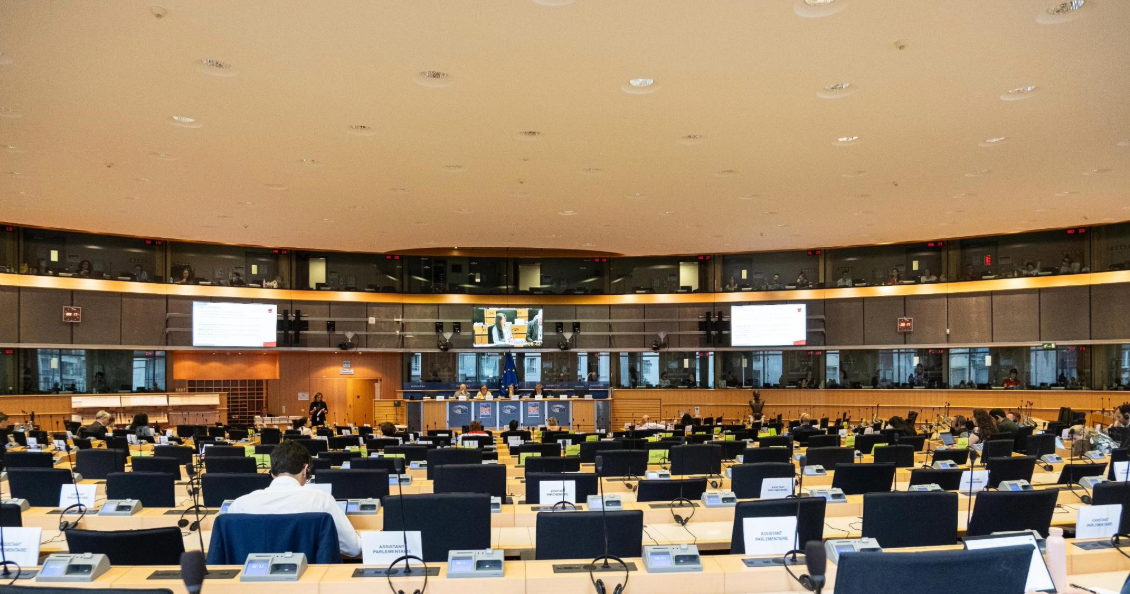Finnish guidelines on “Tackling Harassment in the Commercial Sector”
16.11.22
On 14 February 2020, the Finnish Commerce Federation and Service Union United PAM negotiated and introduced a better language on violence and harassment, and preventive measures into the sector level collective agreement for commerce sector. The parties also agreed to issue joint guidelines on violence and harassment in commerce sector.
The guidelines titled “Tackling Harassment in the Commercial Sector” start with a definition of inappropriate treatment and harassment and provide some examples to such behaviour. The guidelines also elaborate on gender-based harassment and sexual harassment and provide practical recommendations for workers for harassment by co-workers, managers and customers.
According to the guidelines:
Employees should also expect not to be subjected to harassment or sexual harassment from customer contacts. The saying ‘the customer is always right’ is actually misleading, but the customer is nonetheless the customer and should be treated with respect. However, situations do occur in customer service work where the customer themself doesn’t behave appropriately. Precautions should be taken for these situations by training employees for them. An example of a procedure that has been found to work is to warn the customer that bad behaviour can lead to service being terminated. This should be done very polite but firm way.
Why it is important to deal with harassment by customers at the work community level?
It is extremely important that customer service agents know that they have the right to prevent unreasonable behaviour towards them without getting negative feedback from their supervisor. Due to their differing life experiences and personalities, people typically have differing ideas about what is unreasonable behaviour. Discussing these things among the work community, with experiences and examples, helps all employees to grasp what is the generally acceptable limit.
How should harassment by customers be dealt with in advance?
It would be optimal for the work community to gather together to discuss this at an appropriate opportunity. This could be weekly or monthly meetings, various training sessions or structured coffee room discussions. The essential thing would be that everyone somehow gets to participate in building a common vision. Employees could be asked for examples of situations that they thought were harassment or go through the examples in this guide and jointly think about what are the clear boundaries where customer behaviour goes beyond the borderline of harassment. For example
• customer raises voice
• name-calling by customer
• customer hurls/throws goods
After that you could jointly decide on a set of phrases to launch the “customer warning procedure”, i.e. requesting the customer to correct their behaviour. It is recommended to practise these in advance so that they come to mind even in unexpected situations. It is also recommended to practise saying the phrases in a calm, polite but assertive voice.
Example:
“I’m sorry, but your behaviour is insulting. Please behave properly so that I can continue to serve you.”
“You are continuing to behave insultingly, so I will now have to stop serving you and I ask you to come back when you have calmed down/can behave properly”.
The guidelines are available here.


